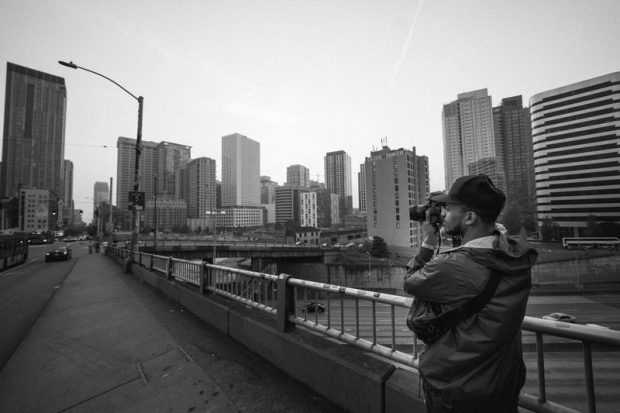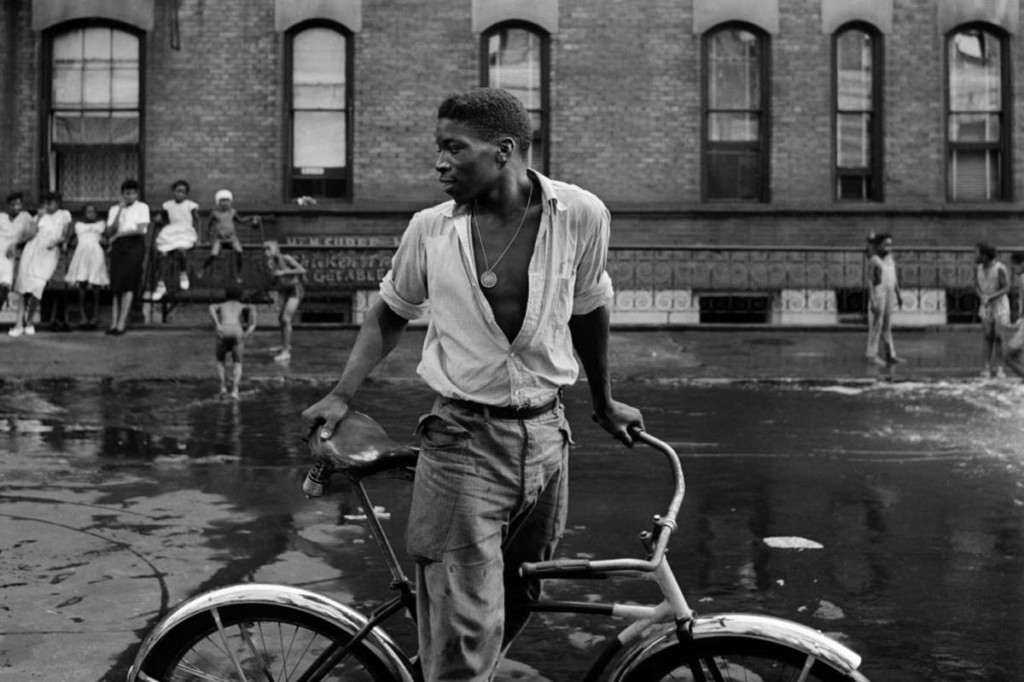Framing Streets Fundamentals Explained
Table of ContentsFraming Streets - QuestionsGet This Report on Framing StreetsSome Known Facts About Framing Streets.How Framing Streets can Save You Time, Stress, and Money.

Both at the Gallery of Modern Art (Mo, MA). Inspired by Frank, in the 1960s Garry Winogrand, Lee Friedlander and Joel Meyerowitz began photographing on the roads of New York. Phil Coomes, writing for BBC News in 2013, stated "For those people interested in street digital photography there are a few names that stand out and among those is Garry Winogrand"; movie critic Sean O'Hagan, composing in in 2014, claimed "In the 1960s and 70s, he defined road photography as a mindset as well as a style and it has actually laboured in his darkness since, so definitive are his photos of New york city." Going back to the UK in 1965 from the United States where he had actually fulfilled Winogrand and taken on street digital photography, Tony Ray-Jones transformed a wry eye on often unique collections of British people on their holidays or taking part in events.
Road photography is a substantial category that can be specified in lots of ways, but it is frequently characterized by the spontaneous catching of an unrepeatable, short lived moment, commonly of the day-to-day going-ons of unfamiliar people. It is characteristically fired with larger angle lenses (e. g. 35mm) and typically features metropolitan settings.
How Framing Streets can Save You Time, Stress, and Money.
Docudrama photographers normally have a specified, deliberate message and an objective to tape specific occasions in history (https://filesharingtalk.com/members/590940-framingstreets1). The gamut of the documentary technique includes facets of journalism, art, education and learning, sociology and background. In social investigation, docudrama photos are commonly planned to prompt, or to highlight the demand for, social adjustment
Street photography is typically viewed as unposed and honest, however there are a couple of road digital photographers who engage with unfamiliar people on the roads and take their pictures. Street pictures are unintended pictures taken of unfamiliar people while out doing street digital photography, nonetheless they are seen as posed because there is interaction with the topic.
Photographing individuals and locations in public is lawful in a lot of countries protecting freedom of expression and journalistic freedom. There are generally limitations on how images of individuals may be made use of and most countries have details legislations regarding people's personal privacy.
Getting The Framing Streets To Work
While the common-law districts comply with the United Kingdom, relative to the freedom to take photos in a public location, Quebec legislation gives that, in a lot of situations, their publication can happen only with the consent of the topics therein. The European Union's Civil rights Act 1998, anchor which all EU countries have to maintain in their domestic regulation, develops in a right to personal privacy. The right to personal privacy is secured by Write-up 8 of the convention. In the context of digital photography, it stands up in arms to the Short article 10 Of flexibility of expression. Courts will usually consider the public rate of interest in stabilizing the legal rights through the lawful examination of symmetry. While likewise restricting photography in order to shield personal privacy legal rights, road digital photography can still be lawful in France when sought as an art type under certain conditions.

. who simply roamed right into a scene), or who are not even recognizable in the picture. https://pubhtml5.com/homepage/jtdxv/. It additionally does not typically encompass people that are public figures (e. g - Best Zoom Lens. politicians or celebs). If an image is taken into consideration art, the courts will additionally consider the digital photographer's flexibility of imaginative expression; suggesting that "artistic" road photography can still be lawfully published in particular instances
5 Simple Techniques For Framing Streets
In Greece the right to take pictures and publish them or offer licensing legal rights over them as fine art or editorial web content is protected by the Constitution of Greece (Post 14 and other articles) and complimentary speech legislations as well as by instance legislation and lawful cases. Photographing the cops and publishing the photos is additionally lawful.
In Hungary, from 15 March 2014 any individual taking photographs is practically breaking the regulation if a person wanders right into shot, under a new civil code that disallows taking pictures without the consent of everybody in the photograph - Street photography. This broadens the legislation on permission to include the taking of photographs, along with their publication
'Concealed digital photography' (kakushidori concealed, surreptitious digital photography) 'taken digital photography' (nusumitori without any intention of getting authorization) and "quick digital photography' (hayayori prior to authorization and refusal can be offered) are restricted unless in the previous approval is gotten from the subject promptly after taking the photo. Individuals have civil liberties to their photos (shzken, droit de picture).